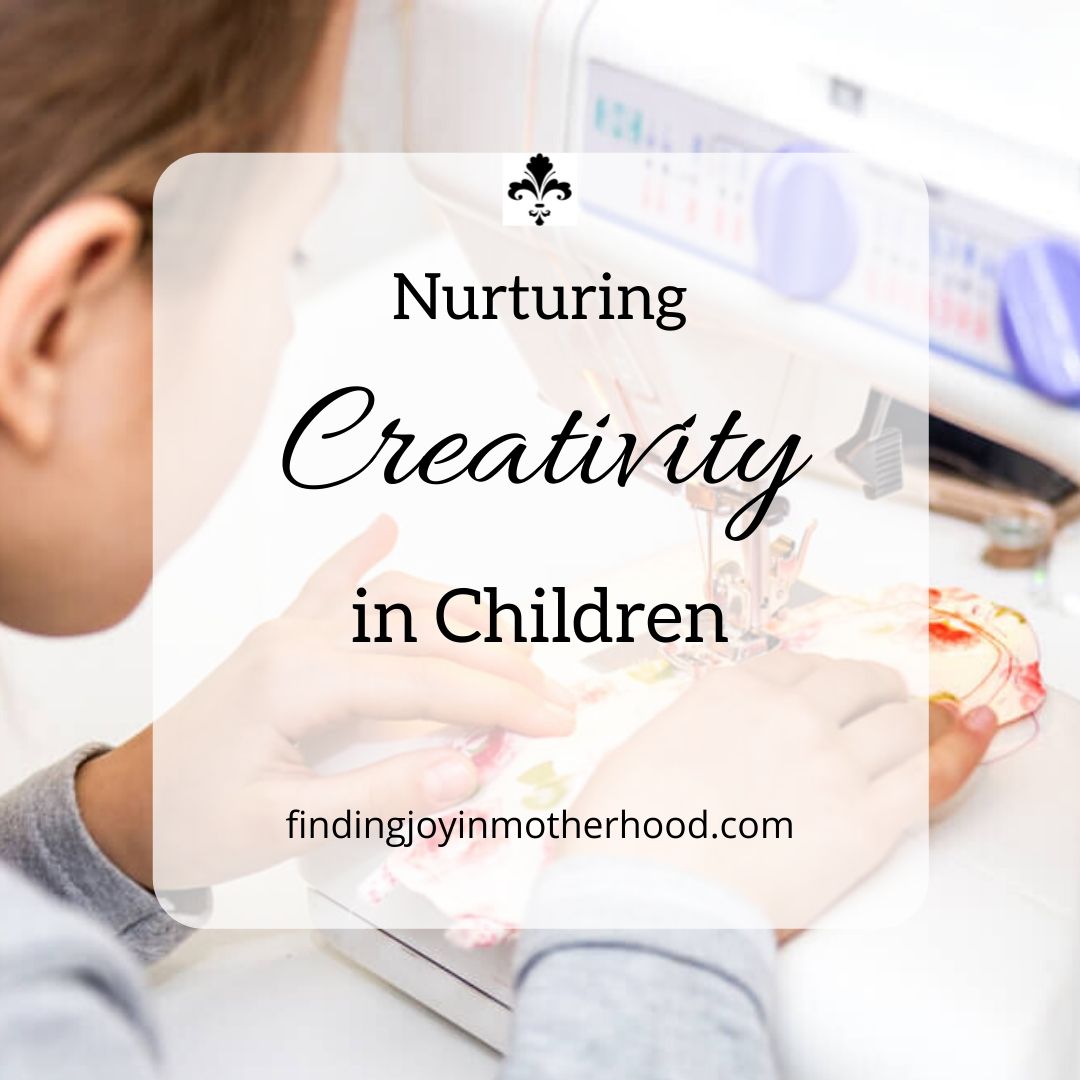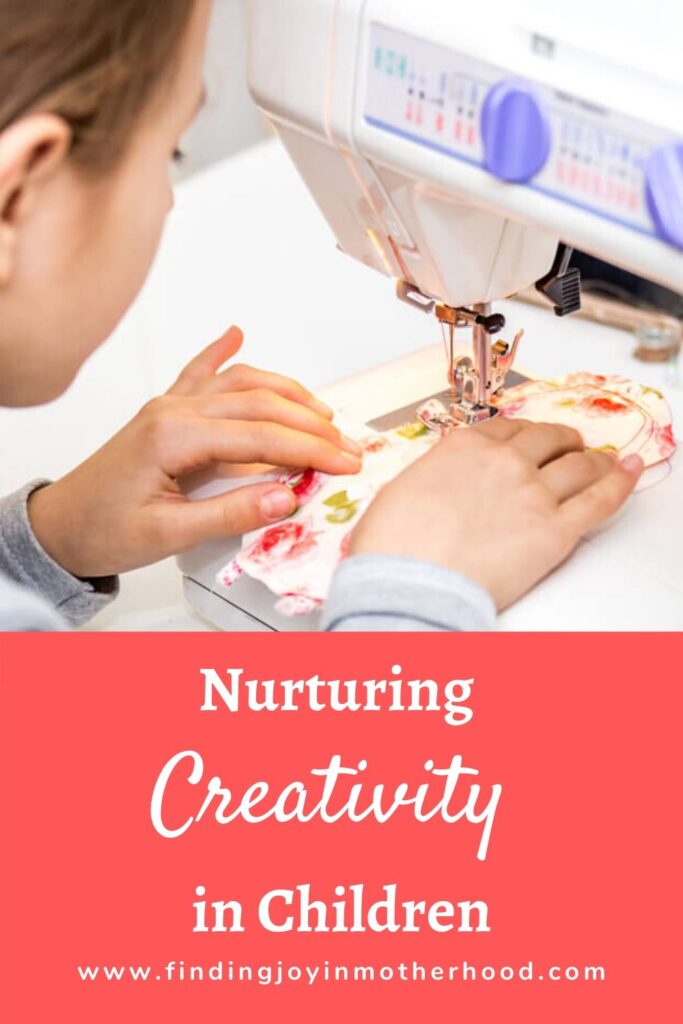One of my granddaughters was drawing a picture for me, and when she presented it to me, I couldn’t help but notice her beaming face, “Look, Grandma Jan, it’s you, smelling a flower”.
She’s 3. It did not look like me – it didn’t look like a person, really – nor did it look like I was smelling a flower.
But her sense of satisfaction in her subject, her effort, and her pride in the final result was pure joy. Joy for her and joy for me.
By nature, I am not a creative person. I like the lines straight, and the messiness that often comes with ‘creating’ bothers me. I always admired artists of any kind but didn’t think I was very creative.
Different Paths to Creativity
When I was eight I began taking music lessons that continued for fourteen years. I learned to play many different instruments and minored in music in college. I was a technician – I practiced every day (well, most days) and I became proficient. I loved playing and singing and by the time I got to college I was inching ever-so-slowly out of ‘my box’ and began writing songs. They weren’t great, but for me they were creative – they gave expression to my feelings as I was growing from adolescent to adult.
I learned to sew when I was 11 and was making my own clothes when I was in high school. Again, I mastered the skills of sewing, but during my childhood/adolescent years I usually just followed the pattern.
Both are genres of the arts, yet I didn’t think I was creative. I had elements of creativity in learning those artistic skills, but I didn’t have that “Watch what I can make” persona that I thought all creatives had.
Enter my husband. He has a creative streak a mile wide and is a ‘think outside the box’ person. He’ll take a blank canvas and paint or draw something great. I’ll take a pattern or a music manuscript and practice until it’s perfect. Our children are a beautiful blend (imagine that!) of my husband and me. They think outside the box and have the courage to try new, creative things while also attending to the technical mastery of the project.
Different Types of Creativity
In my teaching in the classroom, homeschooling our children, and observing as a Grandma, I have had the opportunity to see what really nurtures creativity in children, and what kills creativity.
While it is true that some children are naturally able ‘to see’ what to do and have the courage to do it, others (like me) require that skill set first, then once comfortable can have the confidence to think outside the box and create something.
I really learned how to have courage to take my skill and infuse it with creativity from my children. (You can read HERE how my children unlocked my creative side!) I watched the fearlessness in some of my children (from their dad) as they built amazing Lego structures and created stop action movies. I saw my son design a complete chess set out of clay. I have a daughter who used her creativity to write amazing stories and now (with her sewing skills) creates adorable saints dolls. And another daughter who, like her mom, didn’t begin her creative blossoming until adulthood. Her creativity in decorating her sweet home while not spending too much money is impressive.
Whether creativity comes out early or later in life, creating an environment in your home that teaches children to be open to exploration is an important part in the development of the human person. When we create, we connect with our soul – our most inner self. We bring mind and heart together to produce something tangible and never before seen.
How to Nurture Creativity in Children
Provide Materials
Rather than giving them one use toys that often get used then quickly become boring, give them toys or tools with which to create.
Paints, colored pencils, markers, scissors, clay, Fimo, fabrics/sewing machine/, paper, musical instruments, baking supplies, Legos, building blocks, Brain Flakes, Origami supplies, pipe cleaners, empty toilet rolls (!)- the list is endless.
My dad had an excess of scrap paper which he gave to our sons when they were 8 and 7. They rolled the papers into tubes, securing with tape, then used those tubes as “bones” to construct (using a stapler) a close-to-life-size dinosaur which we hung from their ceiling!
Provide Time
The biggest obstacle to nurturing creativity is that we’ve filled our lives with so much time-suck stuff that there’s no time to get quiet and create. Creativity needs time to simmer, to think, to inspire, to try and to adjust.
When we allow the noise of the world and technology to bombard us and our children all the time, creativity can’t possibly find a place to grow. Quiet your home. Have limits on TV (only Saturday mornings, and maybe a movie night on the weekend). No phones for kids, and moms, detach from your phone.
If you aren’t in the habit of encouraging your children to spend time ‘mixing it up’, schedule it. Have some afternoon time, depending on their age, just being quiet or turn on some classical music, and let them create. If they are older (8+) you can help them learn a new creative skill.
Provide a Growth Mindset
The STEM initiative in all schools has been a real positive step in nurturing creativity in children. STEM is an acronym for science, technology, engineering, math. It is a method of explorative learning that challenges children to think outside the box – to create solutions with the skill set they have in those particular disciplines. STEAM adds art and STREAM adds religion to the mix.
Keep a home that encourages children to take risks in solving problems or attempting new activities. You’ll always have some children who are first in line to try something, and you’ll have those who are too timid. Be patient but encouraging.
Always encourage the process not the success of the end product. This is so important. Encourage the effort your children make in projects rather than focusing on if it turned out perfectly. If they make mistakes in a piano recital, that’s ok. They worked hard and that’s what is important.
Help children find ‘another way’ when something doesn’t turn out as they expected. Many children want to give up when something doesn’t look like they expected or is harder than they thought.
Help them to see that getting good at something requires patience and persistence. If Beethoven gave up as a child, our world would have been robbed of his genius and beauty.
Be Careful of Creativity Killers
- Don’t watch over them too much. Give them the tools and materials and maybe a little guidance in the form of suggestions to get them thinking and moving. Sometimes an empty paper is overwhelming.
- Don’t be tempted to help them step-by-step in how to execute. Depending on the project, you may need to teach them techniques, but let them explore their ideas utilizing the techniques. When I teach children how to sew, I certainly have to teach them how to use a machine, how to correctly cut out the pattern, etc…but when I give clay to a 6 year old, I may suggest making an animal, or a building, or something that ‘goes’, but they can go from there.
- Children will often say, “I don’t know what to make.” Don’t give in. Ask questions, rather than telling them what to do. That’s just a sign that their creative muscles are not being flexed and they need to strengthen them.
- Some children are naturally more creative than others. Be very careful that you encourage all of your children without comparing them. We have a son who is particularly artistically gifted. Everyone in the family knows that, but everyone also knows what their gifts are. All gifts are God-given and all are important to develop and share with the world.
The Importance of Nurturing Creativity in Children
Can you teach a child to be creative? I’m not sure you can actually teach children creativity, but you can certainly create an environment and a tone in the home that nurtures creativity.
Creating is a feeling of enormous satisfaction. Even as adults, we should tap into creating again. The joy that a child feels when they draw an unrecognizable picture isn’t reserved just for children. And don’t forget, that children learn best by modeling our behavior. If they see us spending time creating, they will likely want to do the same.
Write a short story or poetry. Learn a musical instrument. Draw, paint, sew, craft, create a new recipe – embrace your creative side along with your children and notice the joy it brings you!
Have a great week!
Janet
P.S. As a late bloomer in creativity, you can check out the business I’ve grown now for 15 years – all based on my own designs. I had mastered the sewing techniques, but it was really my children’s courage as they took creative risks that inspired me to do the same. www.embroideredheirlooms.com





No Comments